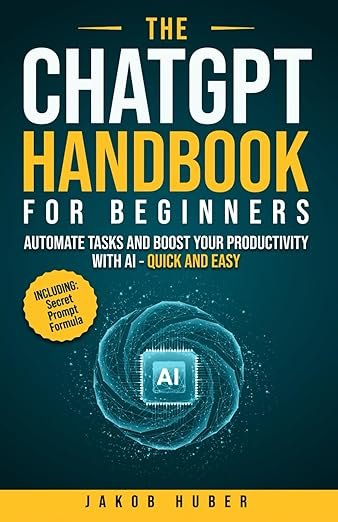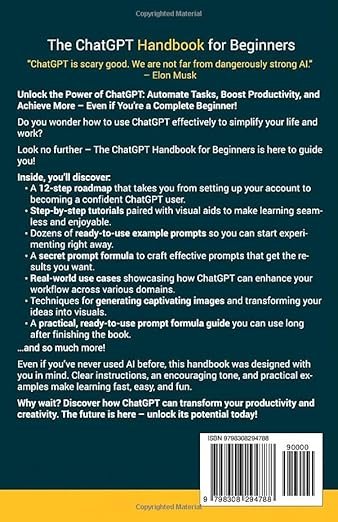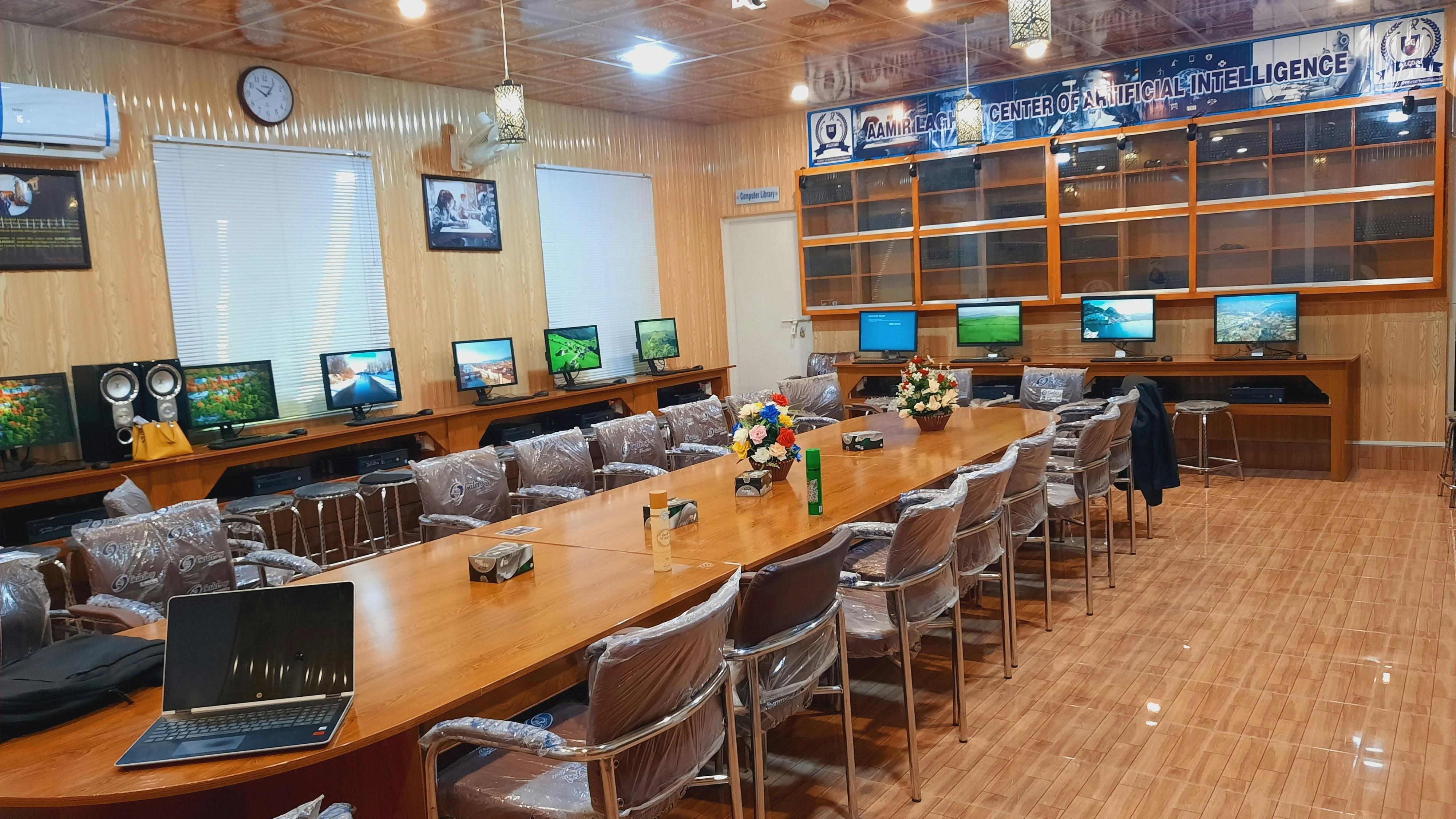ChatGPT is a powerful language model developed by OpenAI that utilizes artificial intelligence (AI) technology to understand and generate human-like text. It is built upon the foundation of the Generative Pre-trained Transformer (GPT) architecture, which leverages deep learning techniques to process and comprehend natural language. This capability allows ChatGPT to respond coherently to a wide array of questions and prompts, simulating conversations that can be indistinguishable from those between humans.
The advancements in AI technology leading to the creation of Chat GPT have been significant. With increased computational power, access to vast datasets, and refined algorithms, the model has improved significantly in its ability to understand context, maintain conversational flow, and generate relevant responses. ChatGPT is fine-tuned through iterative training and testing, enabling it to grasp nuances in language and effectively handle diverse queries.
The relevance of Chat GPT in today’s digital landscape cannot be overstated. Various industries are leveraging its capabilities for a multitude of applications. In education, ChatGPT can serve as a virtual tutor, providing personalized learning experiences, answering academic questions, and facilitating interactive discussions. In customer service, the model can assist organizations by automating responses to inquiries, enhancing customer satisfaction with prompt and accurate information. In content creation, ChatGPT aids writers and marketers by generating ideas, drafting articles, and streamlining the creative process.
This multi-faceted applicability highlights how ChatGPT is becoming an essential tool for individuals and businesses alike. By harnessing the power of this AI technology, users can not only improve efficiency but also enrich the quality of their interactions across various platforms. As AI continues to evolve, the potential for ChatGPT to transform communication and information dissemination remains immense.

Getting Started with ChatGPT
To begin utilizing Chat GPT effectively, the first step is gaining access to the platform. Users can visit the official ChatGPT website to sign up for an account. The registration process is typically straightforward: it involves providing an email address and creating a password. Once the account is set up, users will be guided through a basic onboarding process. This process is designed to familiarize users with the key features and functionalities of the ChatGPT interface.
Upon logging into ChatGPT, users will notice a clean and intuitive interface. At the top, there is a chat window where interactions take place. This is where users will input their prompts. Understanding how to phrase these prompts effectively is crucial for obtaining optimal responses from the AI. Beginners should consider starting with clear and concise questions or requests. For example, instead of asking, “Tell me about science,” a more specific prompt like “Explain the theory of evolution” will likely yield a better response.
Additionally, utilizing ChatGPT’s strengths can enhance the overall interaction quality. The system is adept at generating text, answering questions, and providing detailed explanations. Hence, users should aim to leverage these capabilities for various tasks, such as brainstorming ideas, writing content, or seeking educational support. It is also beneficial for users to apply a step-by-step approach to complex requests, breaking them down into simpler parts for clearer communication.
However, new users may encounter some challenges while interacting with ChatGPT. Common issues might include misinterpretations of queries or receiving responses that deviate from the intended context. To counter these situations, users should refine their prompts based on the feedback received. With practice and patience, the learning curve will diminish, and users can enjoy a more productive experience with ChatGPT.

Maximizing Productivity with ChatGPT
ChatGPT has emerged as a transformative tool that can notably enhance productivity across various tasks. Its capability to automate repetitive activities leads to significant time savings, allowing users to focus on more strategic endeavors. One of the most effective use cases is automating tasks such as scheduling meetings, drafting reports, or generating project outlines. By integrating ChatGPT into these workflows, professionals can streamline their processes, reducing the time spent on routine chores.
In addition to task automation, ChatGPT excels at content generation. For instance, brainstorming sessions can become more efficient with the AI’s ability to provide a plethora of content ideas tailored to specific themes or topics. Whether you are writing a blog post, creating marketing materials, or developing educational content, leveraging ChatGPT’s suggestions can fuel creativity, diversify perspectives, and overcome writer’s block. This gives individuals the opportunity to generate numerous ideas quickly and select the most compelling ones for further development.
Moreover, drafting emails is another area where Chat GPT can be a game-changer. The AI can help users articulate their messages more clearly and professionally, and it can even suggest responses for common inquiries. This is particularly beneficial in a professional setting where precise communication is crucial. By utilizing Chat GPT to draft responses, users can enhance their communication efficiency while maintaining a high standard of professionalism.
Conducting research can also be notably improved with the assistance of ChatGPT. From summarizing articles to generating lists of relevant resources, the AI can rapidly sift through information and present it in an organized manner. For optimal results, careful prompt engineering is essential. Providing clear and detailed prompts will ensure that ChatGPT understands the request and generates the most relevant output.
Incorporating these strategies into daily workflows can profoundly enhance productivity, enabling individuals and professionals alike to leverage the full potential of Chat GPT.
Future of Work and ChatGPT
The emergence of ChatGPT and similar artificial intelligence technologies is poised to significantly reshape the landscape of the modern workforce. As AI systems become increasingly adept at processing and generating human-like text, they hold the potential to redefine myriad job roles across various sectors. For instance, in customer service, ChatGPT can handle routine inquiries, allowing human employees to focus on more complex issues that require emotional intelligence and nuanced decision-making. This shift not only enhances efficiency but also signifies a fundamental transformation in how teams operate.
Moreover, tools like ChatGPT facilitate enhanced collaboration among employees. By automating mundane tasks, such as data entry or preliminary research, AI technologies enable teams to redirect their efforts toward innovation, brainstorming, and creative problem-solving. This symbiosis between human workers and AI fosters an environment where creativity can flourish, leading to the development of novel solutions and products. As organizations increasingly adopt AI technologies, the importance of understanding how to leverage these tools effectively becomes paramount for workers seeking to maintain their relevance in an evolving job market.

However, with the profound implications of integrating ChatGPT into workplaces, ethical considerations must also be addressed. The responsible use of AI requires transparency and accountability, ensuring that these technologies are implemented without reinforcing biases or compromising privacy. Organizations must establish guidelines for AI usage, promoting an ethical framework that prioritizes fairness and inclusivity in its applications. As workers engage with AI tools, being cognizant of these ethical dimensions will not only safeguard individual rights but also contribute to a more sustainable and equitable future of work.
In conclusion, the rise of ChatGPT heralds significant changes for the future workforce. By embracing these AI tools responsibly, individuals and organizations can prepare for a dynamic work environment that encourages innovation, creativity, and collaboration while navigating the associated ethical challenges.



